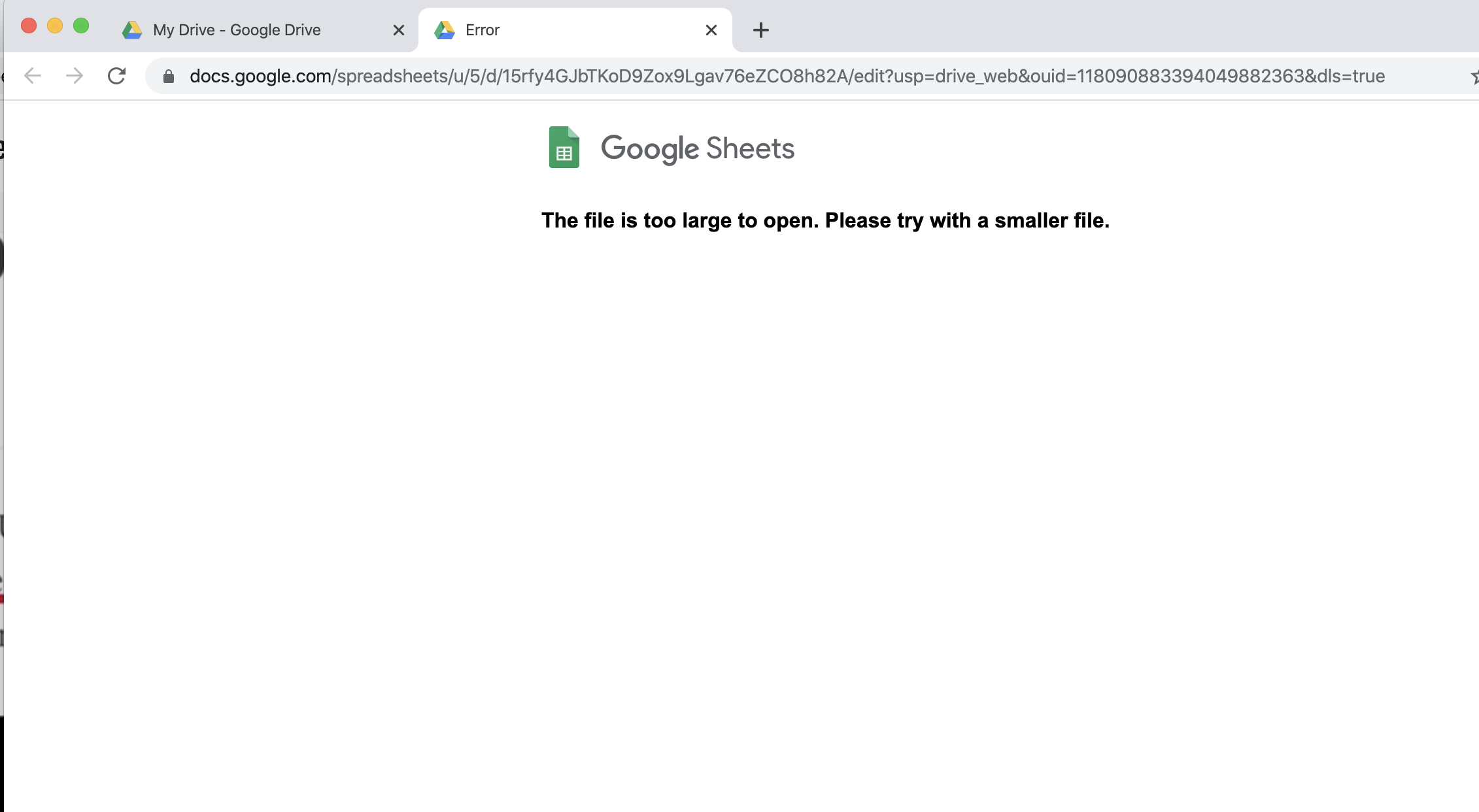5 Ways to Understand Group Mean on Insurance Forms

In the world of insurance, various terms and metrics often crop up, which might confuse the uninitiated. Among these, the Group Mean on insurance forms stands out as a concept that policyholders need to grasp thoroughly to make informed decisions. Understanding how insurance providers calculate and use group means can provide a competitive edge when comparing insurance plans and benefits. In this article, we'll dive into the specifics of group mean on insurance forms, offering an in-depth look at five crucial aspects of this metric.
1. The Definition of Group Mean in Insurance

Group mean, or average, is a statistical measure that represents the sum of values in a dataset divided by the total number of items in that set. In the context of insurance:
- The group can refer to a cohort of policyholders, such as employees in a company or members of a group health plan.
- Mean values include the average age, average claim amount, or average length of employment, amongst other parameters.
The calculation for group mean is as straightforward as:
Group Mean = (Sum of all values) / (Number of policyholders)
Insurance providers use this mean to assess risk, set premiums, and create customized benefits packages for different groups.
2. How Group Mean Influences Premium Pricing

Insurance companies determine the premiums largely based on the risk profile of the insured group. Here's how group mean impacts this:
- Health Insurance: Younger, healthier groups tend to have lower average medical claims, thereby reducing the premium costs.
- Auto Insurance: Groups with older and more experienced drivers might enjoy lower premiums due to a lower group mean accident rate.
| Group Mean Factor | Effect on Premium |
|---|---|
| Average Age | Younger groups often pay less. |
| Average Length of Employment | Longer employment tenure can indicate stability and lower premiums. |
| Average Credit Score | Higher scores can lead to better rates due to lower risk. |

The aim is to balance cost-effectiveness with risk management by employing group statistics for fair and competitive pricing.
3. Use of Group Mean in Claims Processing

When processing claims, insurers often:
- Compare the amount claimed against the group mean to detect anomalies.
- Use average claim values for budgeting and loss ratio calculations.
- Identify unusual claim patterns that might indicate fraud or misrepresentation.
These practices ensure that insurance remains sustainable, and policyholders receive the benefits they are entitled to, without unnecessary expenses impacting the insurer's bottom line.
4. Group Mean and Underwriting Decisions

Underwriters use group mean metrics to:
- Profile the risk of a group when deciding to issue coverage or not.
- Set premiums by evaluating the expected risk and claims experience.
- Assess whether additional underwriting criteria are necessary for certain groups.
These decisions directly affect the acceptability of applicants and can alter the terms and conditions of the policies offered.
5. Customization of Benefits Using Group Mean

Insurers tailor their offerings based on group mean data, including:
- Health and Wellness Programs: Groups with higher average ages might benefit from additional wellness initiatives.
- Retirement Plans: Groups with longer average employment might prefer plans with better retirement benefits.
- Insurance Riders: Riskier groups might get riders that provide extra coverage for specific conditions.
By understanding these group dynamics, insurers can not only offer competitive products but also foster employee engagement and satisfaction through relevant benefits packages.
📝 Note: Always review your insurance policy details to understand how your group mean factors in. This empowers you to negotiate or seek better insurance offerings.
To sum up, comprehending the group mean on insurance forms not only deciphers the language of insurance but also gives policyholders and companies the tools to understand premiums, claims, underwriting decisions, and benefits customization. This knowledge ensures you're equipped to engage with your insurance provider confidently, asking the right questions and seeking the most beneficial coverage for your group.
What is the difference between individual and group insurance policies?

+
Individual insurance policies cover one person or family, while group policies cover multiple people, often members of an organization or employees. Group insurance generally has lower premiums due to risk pooling and economies of scale.
Can I use group mean data to compare different insurance plans?

+
Yes, by comparing the group mean data for premiums, claims, and other metrics, you can gauge the relative value and risk profile of different insurance plans. However, individual circumstances will also play a role in the final decision.
What should I do if I believe my group mean has led to an unfair premium?

+
You can discuss this with your insurance provider to understand their pricing methodology. They might adjust your premium or offer alternative plans based on other underwriting criteria if you present compelling reasons or evidence.
How does group mean affect new members joining a group plan?

+
New members might alter the group mean, potentially affecting premiums. However, most insurance policies have mechanisms to ensure new entrants do not significantly alter the overall group’s premium level immediately.



